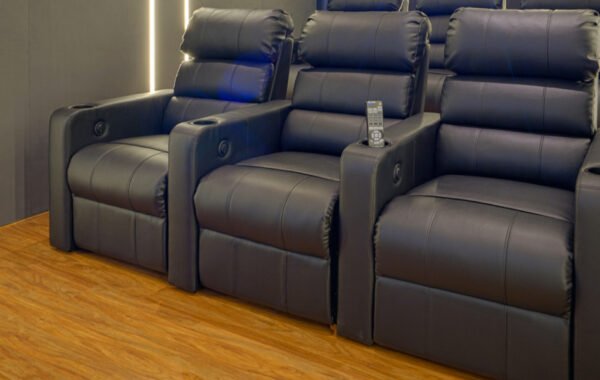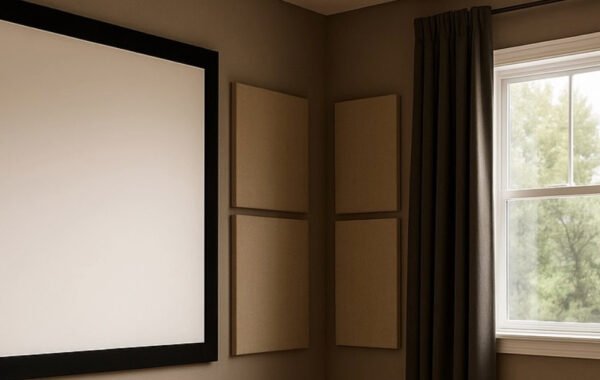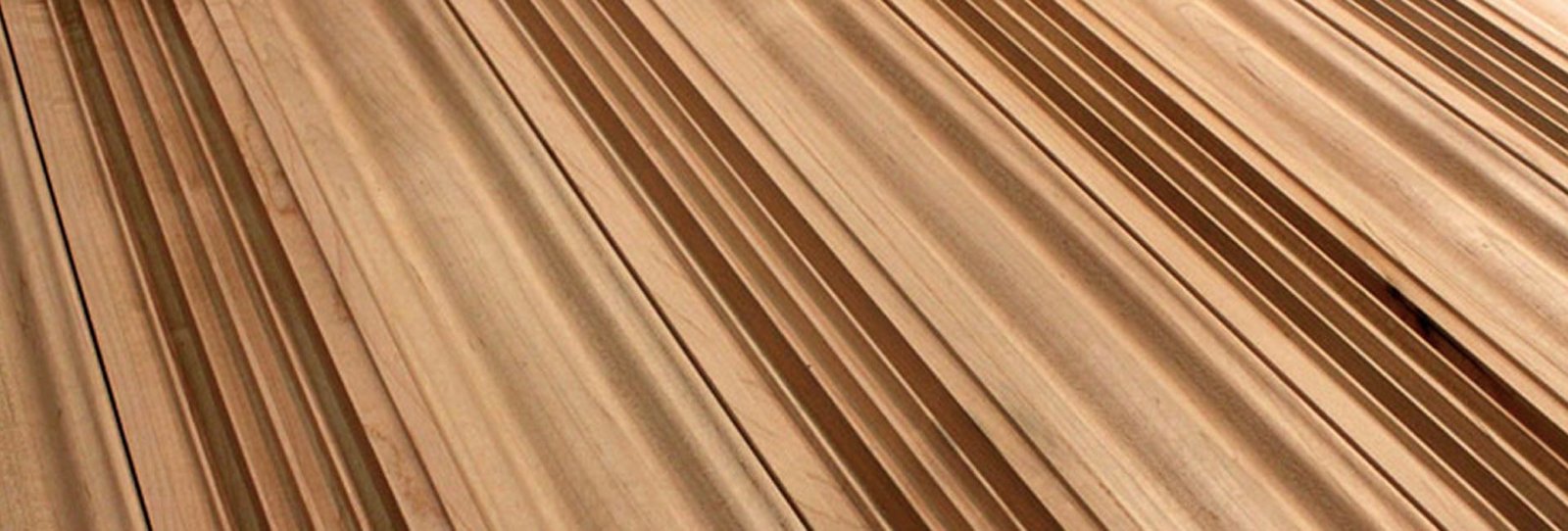
How to Improve your Studio/Home Theatre Sound with Sound Diffusion?
What is Sound diffusion?
Diffusion is even the Spreading of acoustic energy in an architectural space. We consider An Auditorium with the same RT-60 at any listening position to be a perfectly diffusive sound environment.
Most architectural spaces have less to no diffusion; hence reverberation times will be significantly different throughout the room. Low frequencies are extremely difficult to control and diffuse because of their longer wavelength.
Let’s understand what acoustic diffusers are and how they can help you improve the sound quality in your Recording studio or Home Cinema space.
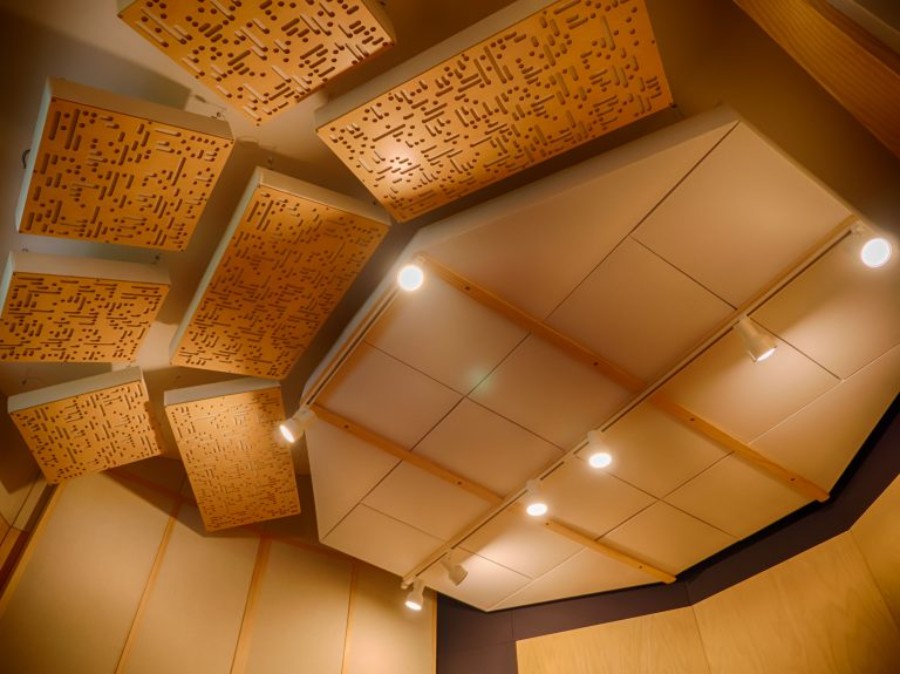
What are Acoustic diffusers?
Sound Diffusers, popularly known as Acoustic diffusers are acoustical devices that disperse sound energy in different directions; Acoustic diffuser reduces flutter echoes and Low-frequency modal resonances.
You can use these Acoustic diffusers in critical listening environments like Studio Control rooms, live-recording rooms and entertainment spaces like Home Cinemas, Mini Theatres & Preview theatres.
Most of the studio and home cinema owners treat their rooms with just absorption. Although this isn’t wrong, it might make the room sound “dull” and “lifeless”. With Sound diffusion, you will add warmth and liveliness to the sound without deviating from the quest for “Great Sound”.
Usage of Acoustic Diffusers:
Sound diffusion can act as a perfect alternative to sound reflection.
Acoustic diffusers used in conjunction with other acoustical treatments such as acoustic absorbers, bass traps, Acoustic baffles and acoustic ceiling tiles can help you improve the quality of internal acoustics of your Recording studio or Home Theatre.
Acoustic diffusers Type:
QRD:
A Quadratic residue diffuser is a real acoustic diffuser in every sense. They are based on prime numbers and comprise wells of different depths. These diffusers scatter sound energy in different yet predictable directions.
They are mostly placed on rear walls of recording studio facilities and sometimes on the sidewalls of a Home cinema room to control first-order reflections.
QRD Diffusers are generally placed 6′ to 8′ away from the listener. The deeper the diffuser, the lower the frequency it absorbs, and the width of the QRD slat defines the high frequencies it diffuses.
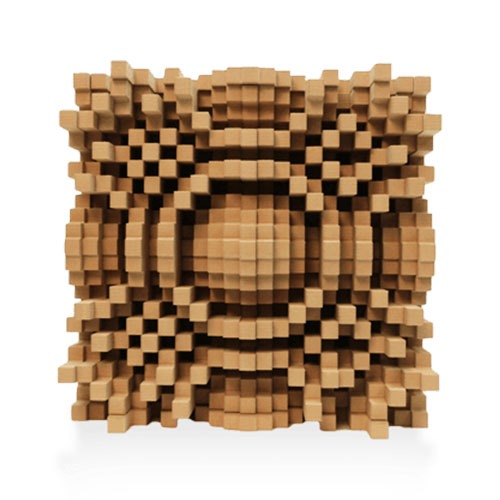
Poly Diffuser:
These are extremely easy to build acoustic diffusers that scatter high and mid frequencies and absorb the bass. You can make them using either a thin MDF sheet or Flexi ply to create a great looking sound panel.
When internally packed with high-density acoustic materials like Rockwool & Poly Synth, They will double up as a bass trapping device. They work exceptionally well in medium to large-sized rooms.

Skyline Acoustic Diffusers:
Sound Engineers & Audiophiles call these acoustic sound diffusers as Skyline as they look like the Skyline of a city. These are built with high-quality Pinewood sound diffuser materials and disperse sound in both horizontal and vertical plane.
If designed and installed well, they can help you get great sound from your Studio monitors and Hifi Speaker system by evenly diffusing high and mid frequencies.
Pyramid Diffusers:
These acoustic diffusers minimise standing waves between two walls or floor and ceiling. Constructed using MDF, These diffusers break up harmful reflections and reduce flutter echoes while providing warm sound.
Like Poly diffusers, The Pyramids will also help you absorb bass if you line their internal cavities with high-density Rockwool.
TIPS and Guidelines to build your Acoustic diffusers:
1. If you are building sound diffuser panels to scatter low frequencies, Make sure they are thick and deep; otherwise, low frequencies will pass right through it.
I would strongly recommend you try diffusing high and mid frequencies and use specialist bass trapping devices such as GIK Monster to control bass.
2. When you use sound diffuser panels in a home cinema environment, Make sure to place the seating at a certain distance from them.
For instance, if your diffuser is 8″ deep, you should be seated at a minimum distance of 8′ away from it. Similarly, for an increase of every inch of the diffuser’s depth, correspondingly does your distance increase by 1′.
3. If you want to render a wider soundstage from your Studio monitors, placing a well-designed sound Diffuser on the front wall between the Left and Right speaker works wonders.
In this case, a diffuser than an absorber will prove to be a better choice as they avoid harmful reflections getting mixed with the speakers’ direct sound while also helping create a better soundstage.
4. The closer you are to the wall surface, the closer the spacing between the Poly diffusers should be.
What’s the best place for your Acoustic Diffusers?
The position of a sound diffuser depends upon various criteria. Acousticians and Audio Engineers are the best to suggest to you about its placement after studying and analysing multiple acoustical parameters, budget and aesthetics of your recording studio or home theater.
Years of Experience, Simulation and on-site acoustical measurements help the acousticians deliver great sound with sound diffusion.
Feel Free to Reach out to us@ 99861-65200 for recommendations on Acoustic Diffusers for Home Theaters & Recording studio Applications.
Image Courtesy: GIK Acousticks






